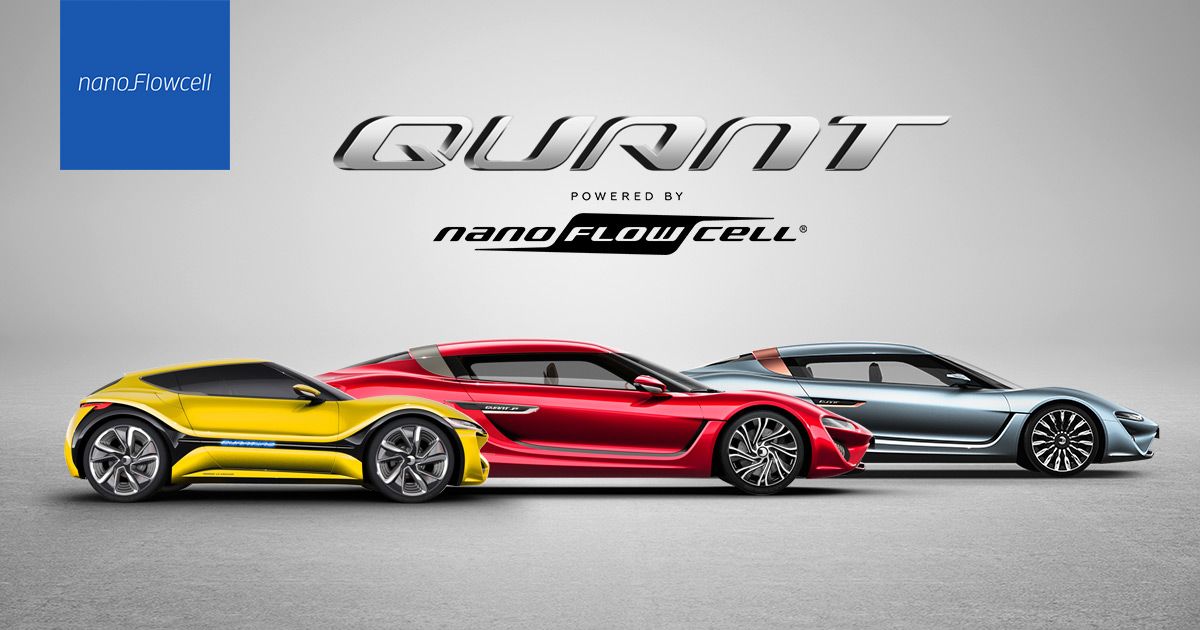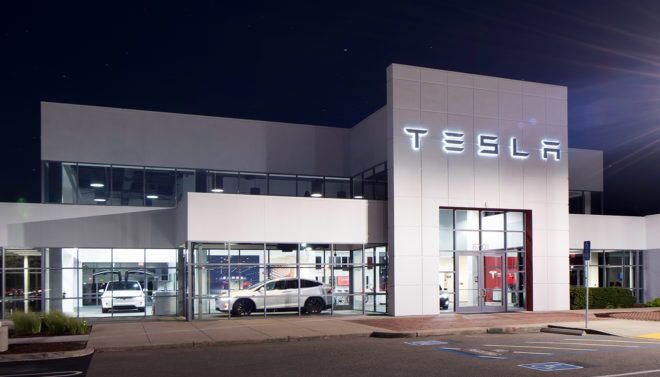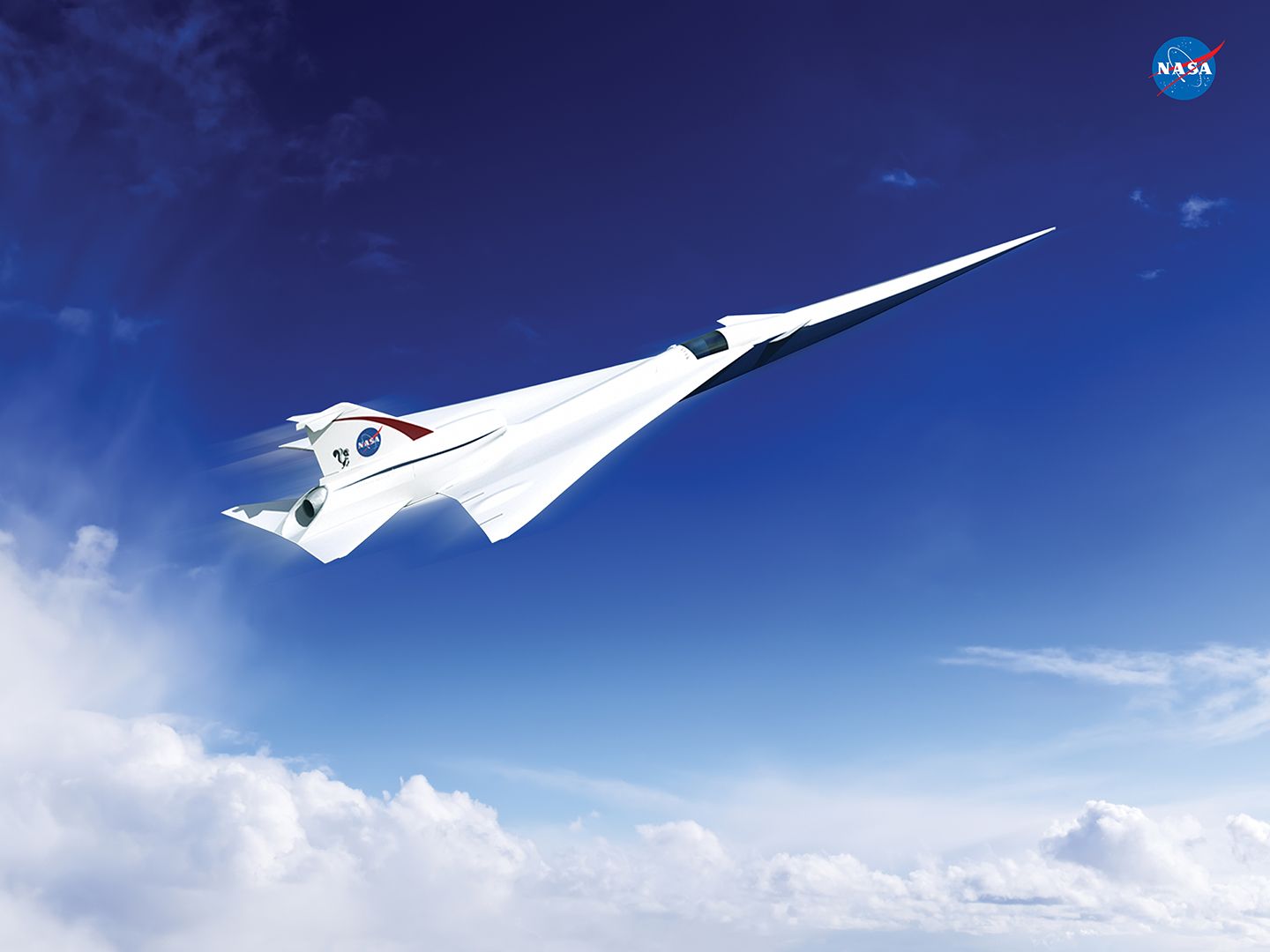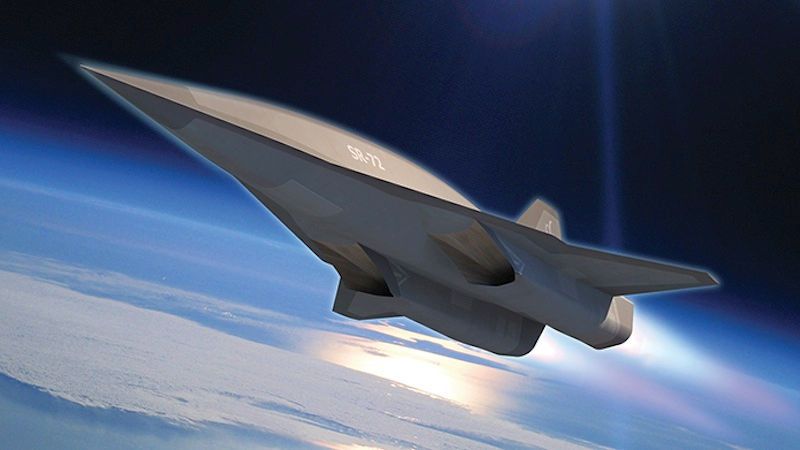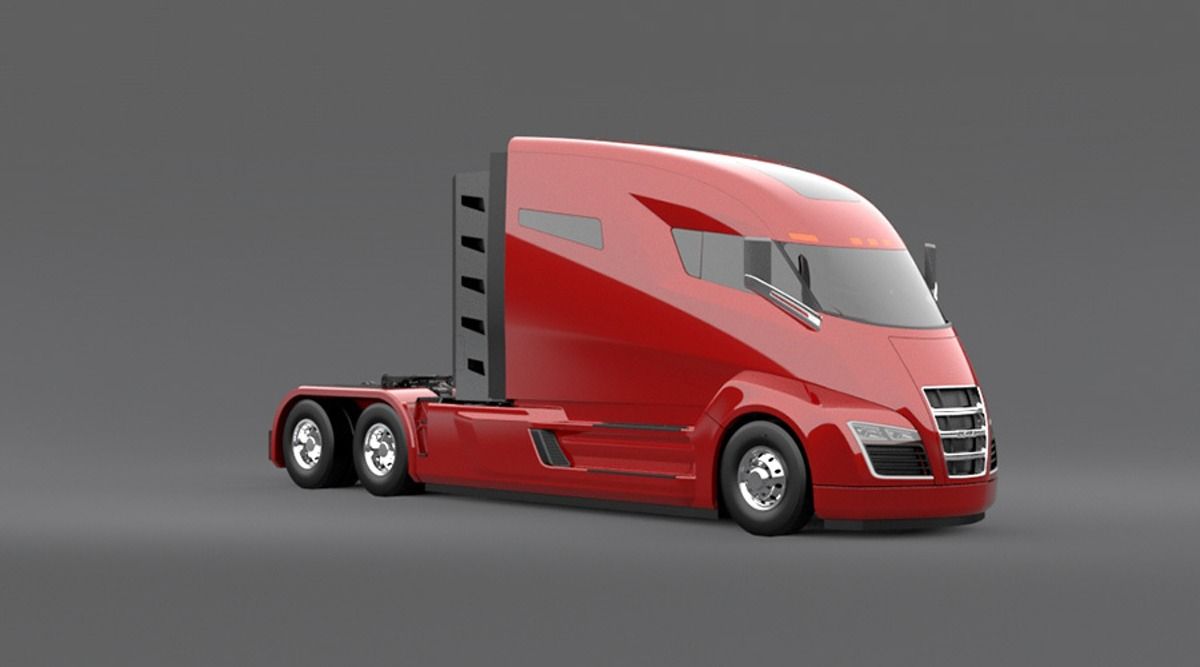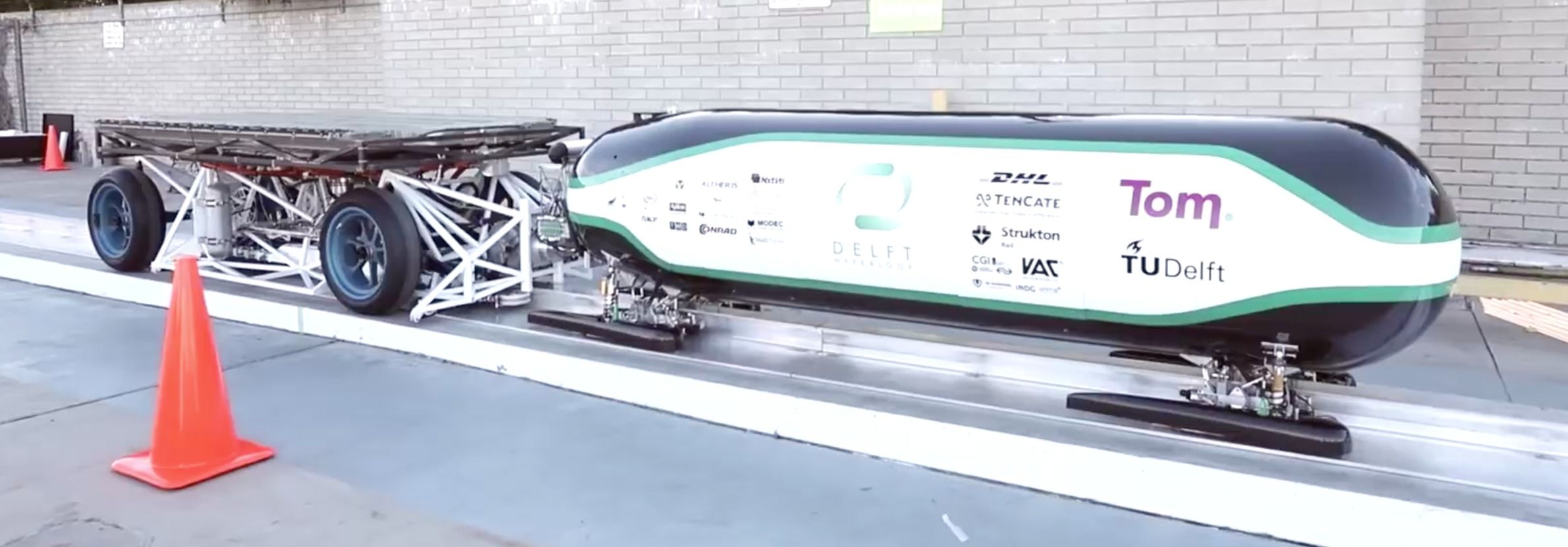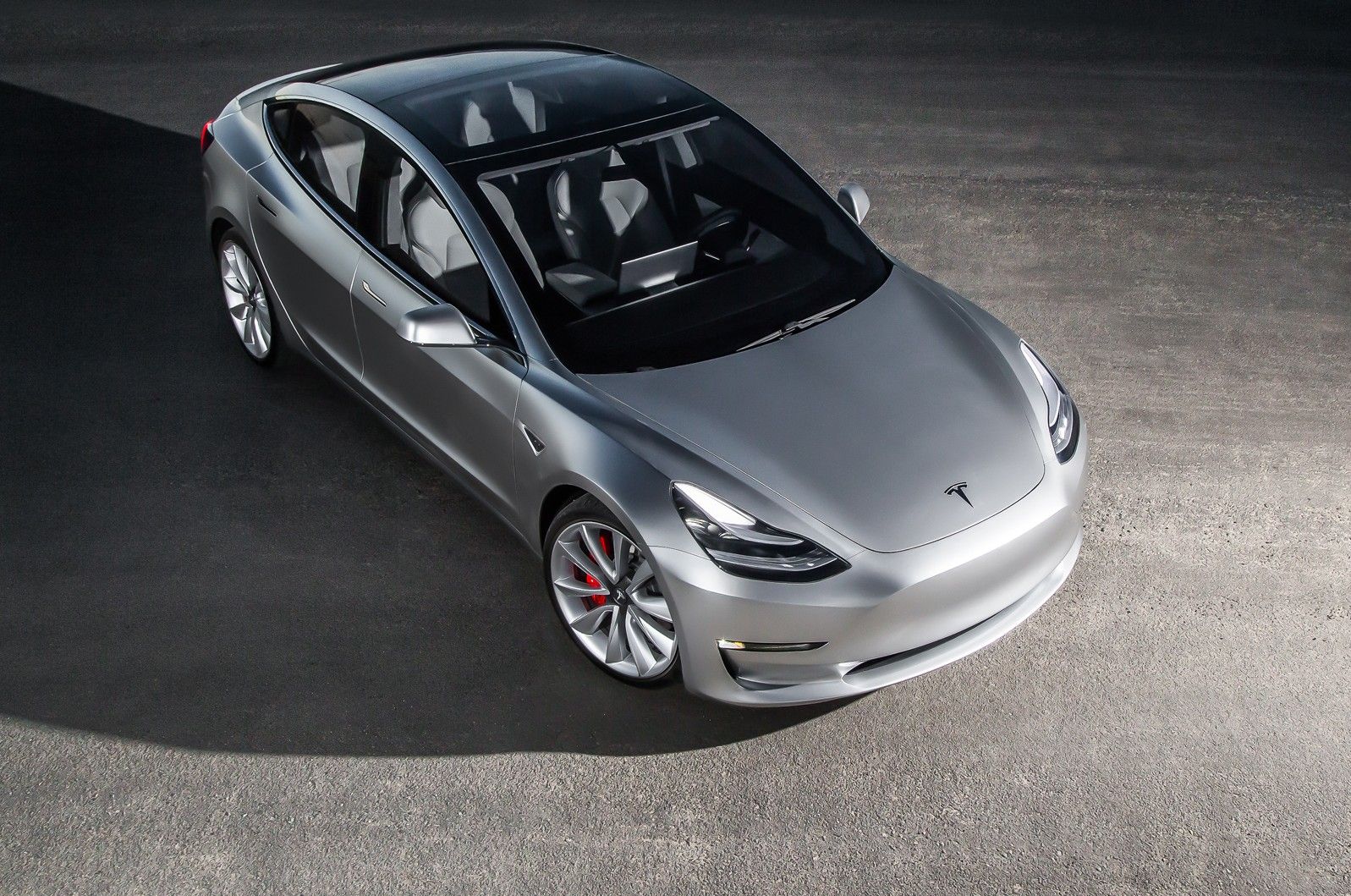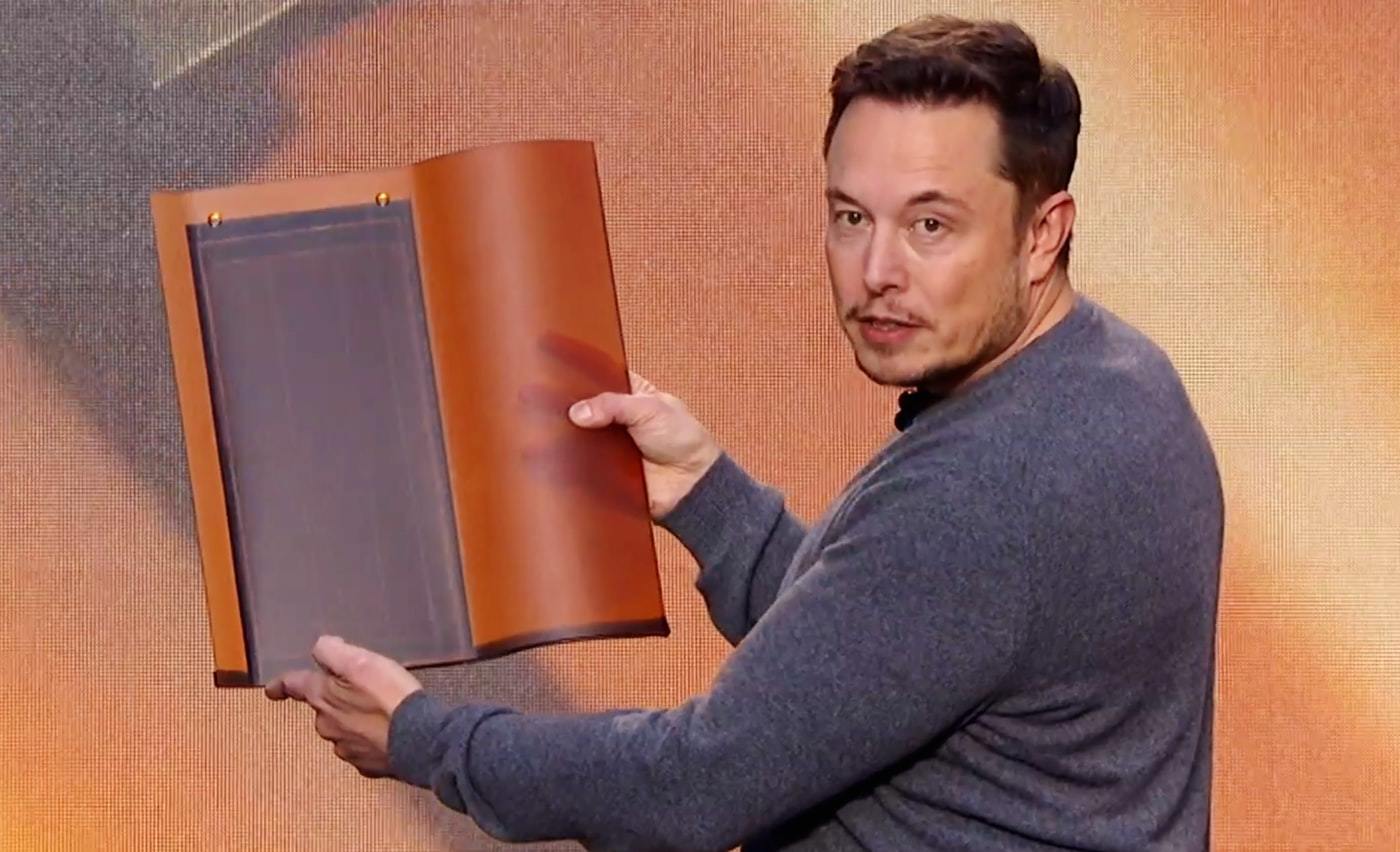Nov 10, 2016
The Hyperloop Won’t Just Be Station-to-Station, but Door-to-Door
Posted by Klaus Baldauf in categories: Elon Musk, robotics/AI, transportation
https://youtube.com/watch?v=fze5spdN3nU
I figured that if Elon Musk’s Hyperloop system ever became reality, it would essentially be a super-fast train system. Meaning we’d enter at a Hyperloop station in L.A. and exit at a Hyperloop station in San Francisco. But the forthcoming Hyperloop One system in Dubai, designed by Bjarke Ingels Group, will actually get riders from door to door.
To explain: Hyperloop One, which signed a deal with the Dubai Roads and Transport Authority, has BIG providing the design muscle. The collaboration has yielded the idea that self-driving Hyperpods could pick passengers up anywhere in the city, like an Uber. These six-person-capacity Hyperpods would then drive to the Hyperportal and load itself onto a Transport Capsule, the actual thing that shoots through the Hyperloop tube. At the other end, the ‘pod exits the Transport Capsule and drives the passengers to their destination.
Continue reading “The Hyperloop Won’t Just Be Station-to-Station, but Door-to-Door” »

